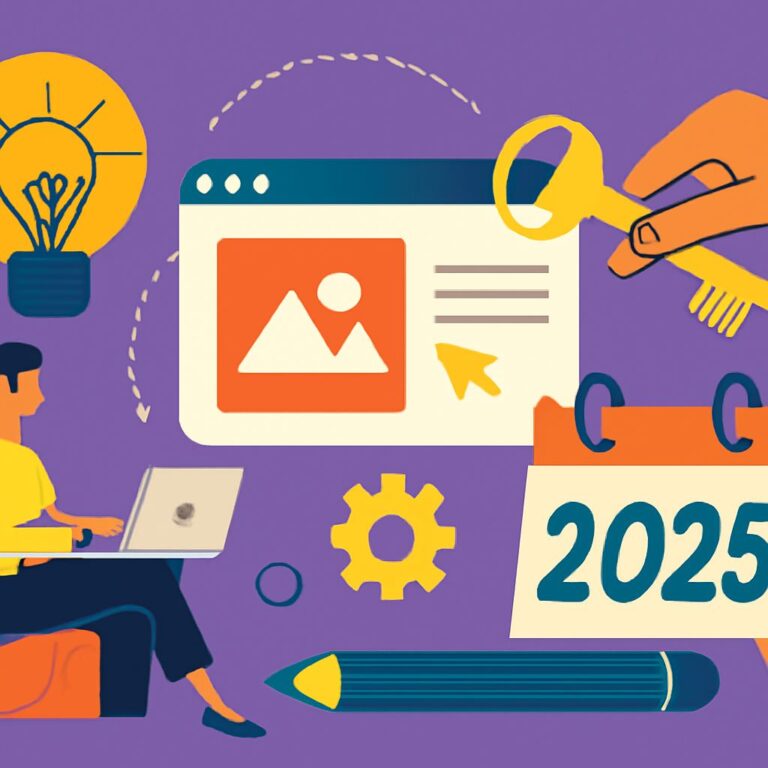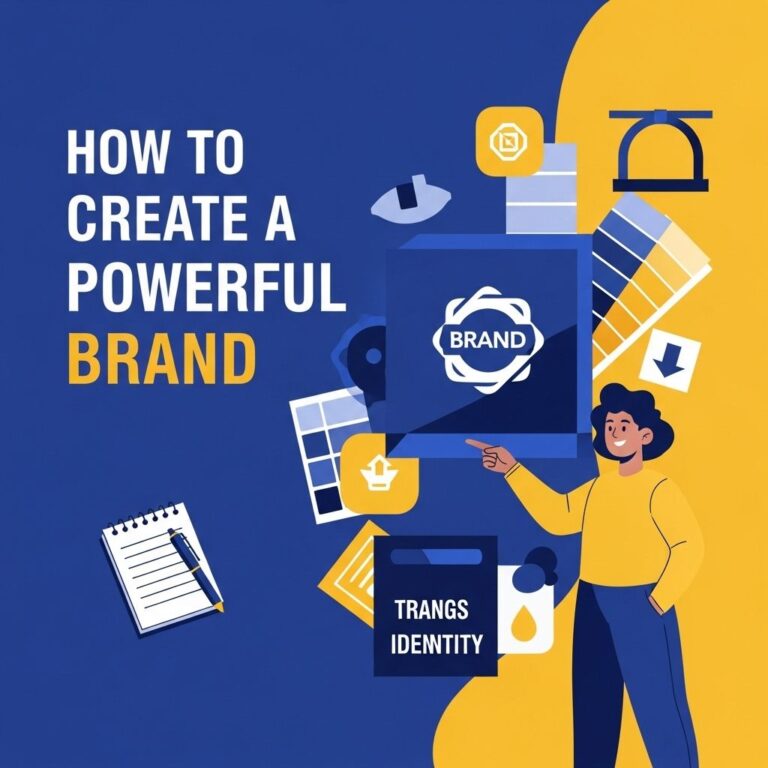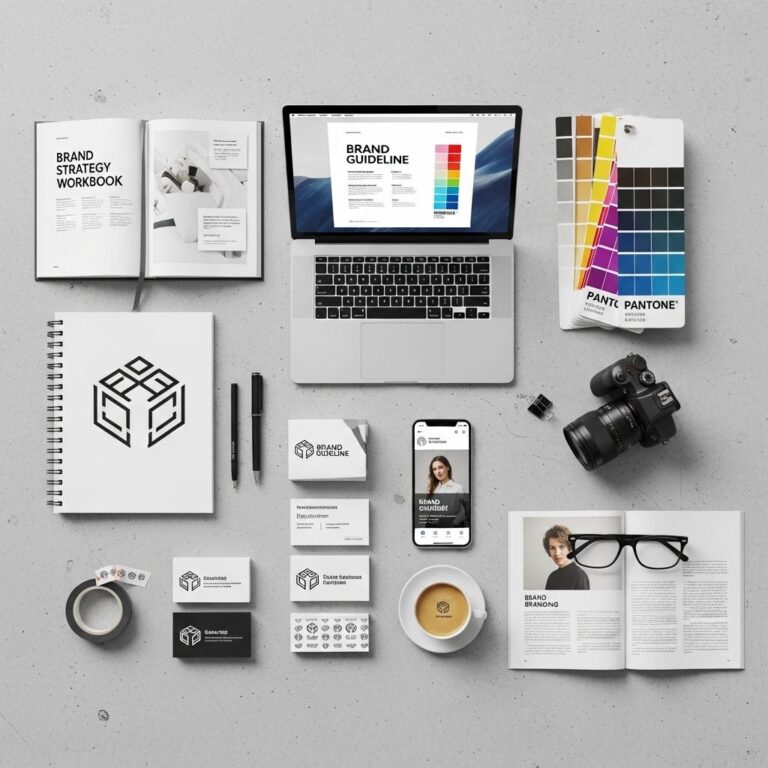In an age where brands are constantly vying for attention, creativity is the cornerstone of effective branding. Whether you’re a seasoned designer or just starting out, having a set of prompts at your disposal can spark inspiration and lead to innovative designs. As we look toward 2025, the landscape of branding continues to evolve, necessitating fresh approaches and ideas. This article will explore a variety of branding design prompts that can help you unlock your creativity and elevate your design projects.
Table of Contents
Understanding the Importance of Branding
Branding is more than just logos and color schemes; it encompasses the perception of a company in the eyes of consumers. Effective branding communicates values, shapes consumer behavior, and creates lasting impressions. Here are some key elements of branding:
- Identity: The visual and experiential representation of a brand.
- Consistency: Maintaining a uniform message across all platforms.
- Emotional Connection: Establishing a bond between the brand and its audience.
- Storytelling: Using narratives to convey the brand’s mission and values.
Prompts for Innovative Branding Design
To help you ignite your creative flame, we’ve compiled a diverse collection of prompts. Each prompt is designed to push boundaries and challenge traditional branding norms.
1. Explore Nature’s Palette
Take inspiration from the natural world. Create a branding design that uses colors and textures found in nature. Think about:
- Color schemes inspired by different landscapes (deserts, forests, oceans).
- Textures that mimic natural elements (wood, stone, water).
- Icons or illustrations that reflect flora and fauna.
2. Futuristic Typography
As technology advances, so does typography. Design a logo that uses futuristic fonts. Consider:
- Using 3D effects to create depth.
- Exploring geometric shapes and line art.
- Incorporating kinetic typography that changes based on user interaction.
3. Cultural Fusion
A brand can draw inspiration from various cultures around the world. Create a branding concept that fuses elements from different cultures, focusing on:
- Patterns, colors, and symbols unique to each culture.
- Combining traditional and contemporary design elements.
- Ensuring respect and authenticity in representation.
4. Minimalism Meets Maximalism
Strive to strike a balance between minimalism and maximalism. Develop a branding design that incorporates:
- Bold graphics and intricate details within a clean layout.
- Whitespace to emphasize the maximal elements.
- Contrasting colors to create visual tension.
5. Interactive Experiences
Enhance user engagement through interactive design. Consider these concepts:
- Augmented reality (AR) features within branding materials.
- Gamified elements that engage consumers.
- Dynamic logos that change based on user interaction.
Branding Case Studies: Learning from the Best
Analyzing successful branding campaigns can provide valuable insights and inspiration. Here are some notable case studies:
| Brand | Campaign | Key Takeaway |
|---|---|---|
| Apple | Think Different | Creating an emotional connection through storytelling. |
| Nike | Just Do It | Empowering individuals to connect with the brand. |
| Coca-Cola | Share a Coke | Personalization to drive consumer engagement. |
Tech Tools for Branding Designers
To bring your branding visions to life, leveraging technology is essential. Here are some must-have tools for branding designers:
- Adobe Creative Suite: A comprehensive set of design tools for all aspects of branding.
- Canva: User-friendly platform for creating quick branding materials.
- Sketch: Ideal for creating digital designs and interfaces.
- Figma: Excellent for collaborative design projects.
Trends Shaping 2025 Branding
As we head into 2025, keeping abreast of design trends is crucial. Here are some trends to watch:
- Eco-friendly and sustainable branding practices.
- Inclusive design that embraces diversity and representation.
- Use of artificial intelligence to personalize user experiences.
- Integration of virtual reality in branding experiences.
Reflection and Application
To unlock your creativity, it’s essential to regularly reflect on your design process. Here are some strategies:
- Keep a design journal to track ideas and inspirations.
- Participate in design challenges to push your limits.
- Seek feedback from peers to gain new perspectives.
Conclusion
Branding design is an ever-evolving field that demands creativity and innovation. By utilizing the prompts and insights shared in this article, you can foster your creative thinking and develop impactful branding strategies for the future. Embrace the journey of experimentation and exploration, and you’ll find that the possibilities are limitless.
FAQ
What are branding design prompts?
Branding design prompts are creative ideas or challenges that help designers develop unique branding concepts, logos, and visual identities for businesses or products.
How can branding design prompts enhance creativity?
They encourage designers to think outside the box, explore new styles, and experiment with different concepts, ultimately leading to more innovative and effective branding solutions.
What are some examples of branding design prompts for 2025?
Examples include reimagining a classic brand with a modern twist, creating a sustainable brand identity, or designing a brand for a futuristic product.
Who can use branding design prompts?
Branding design prompts can be used by graphic designers, marketing professionals, entrepreneurs, and anyone involved in creating or refreshing a brand identity.
How do I get started with branding design prompts?
Begin by selecting a prompt that resonates with you, gather inspiration, and start sketching or brainstorming ideas that align with the prompt’s theme.
Where can I find more branding design prompts?
You can find additional prompts in design communities, online courses, branding blogs, and creative challenge platforms that focus on design and marketing.









